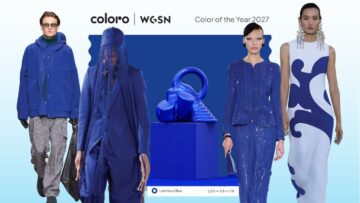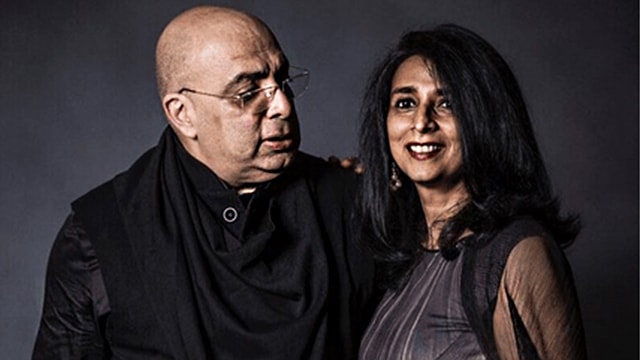
30 years ago, Tarun Tahiliani and his wife Sailaja Tahiliani introduced a revolutionary idea in an India which was very different from the one we have come to know today.
At a time when local design talent was hidden under a façade of foreign labels, Ensemble by Tarun, emerged as a one-stop luxury fashion retail destination that provided Indian designers with a critical platform to showcase their authenticity.
Tarun advocated that Indian designers have vast volumes to offer in terms of their legacy, heritage, fabric and craft in weaving tradition and embroidery. It was similar to the current PM Narendra Modi’s MAKE IN INDIA concept, but only 29 years prior…
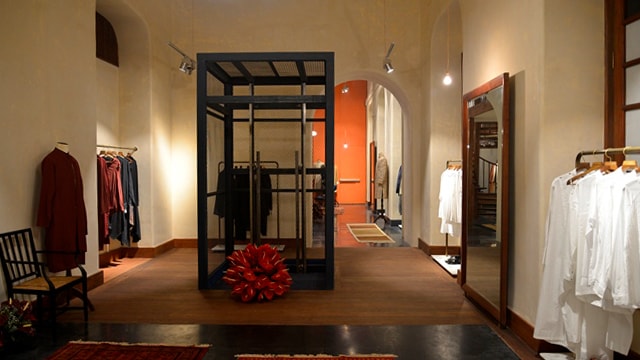
“Not that it didn’t come with its own set of hurdles and setbacks; it was a risky move as the India of the late 80s was not accustomed to lavishly spending money on ‘Indian designer’ clothing. They preferred shopping abroad and stuck to India for the classic Kanjivarams and silk shawls. Gradually, Ensemble succeeded in breaking the mould of this set perception and introduced a new and lucrative business proposition within the domestic fashion industry.” Tina Tahiliani Parikh, Executive Director – Ensemble
It would be safe to say that Ensemble was the pioneer of fashion shows held in the country – they fashioned the concept and beckoned the crème-de-la-crème to come and appreciate fresh trends for the ensuing season. Even today, Ensemble stands true to its commitment.
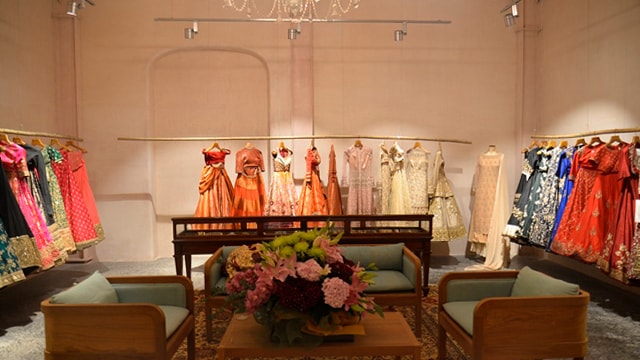
Today’s who’s who in the fashion fraternity were initially launched by Ensemble and they continue to constantly scout new talent to further the convention they stand for.
Interestingly, a designer label doesn’t have to be fashion week-approved to feature on their list, as the retailer is always encouraging of deserving talent.As far as international brands and designers are concerned, the retailer swears by designers’ belonging to the Indian subcontinent, Pakistan and Bangladesh, due to the similarities in terms of lifestyle and fashion choices. Additionally, these countries have an enormous offering of crafts and textiles which prove to be commercially viable in the long run.
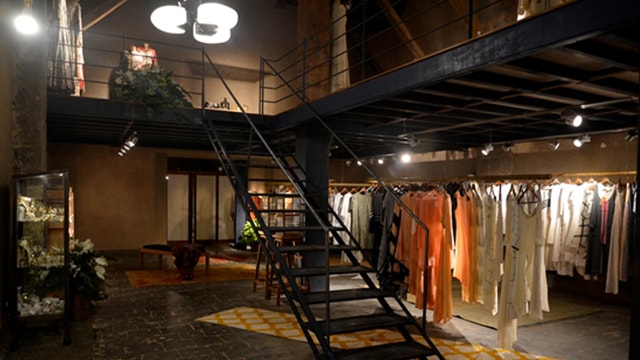
At the recently held Lakme Fashion Week , – which is India’s premier fashion talent platform, Apparel Resources got the opportunity to have a one on one interaction with Tina Tahiliani Parikh, Executive Director – Ensemble and discuss the fragments of operations of the luxury retail business in India.
AR: How would you differentiate between Ensemble of the early 90s to the one that is today?
TTP: Over the years, we have become champions of the saree. We are not looking at a new vocabulary but are working around a module that allows an amalgamation of contemporary and Indian fashion. We aim to promote our native work along with our exquisite accessories and textiles in a way that a new idiom for an Indian woman to dress is created through a mix-and-match of these individual elements.
AR: The target market you started out with must have evolved considerably over time. Who is the present-day target customer of Ensemble?
TTP: Initially, Ensemble used to be associated with the fashion-conscious; a woman who had been exposed to fashion in the west and knew her mind. Today, it’s a whole new genre of people who, through social media exposure and the pervasiveness of how lifestyle has evolved, have been exposed to the world of fashion and want to access it.
So our target consumer could be a woman who wants to know what to buy and has no idea about how and where to purchase it, or it could be someone walking in with a particular design on their phone and demanding for the exact outfit. It could even be someone so short on time that they would have been shopping with us for 30 years but are not dressing to impress but rather dressing for themselves – we are catering to the entire gamut.
AR: In terms of techniques in details and silhouettes, what are you looking for in this season and is there something in particular that you are eyeing at?
TTP: We are looking for an evolution. We are always on the lookout for that one designer who can inject a breakthrough that season – an original point of view is a prerequisite.
We scout for the ability of a designer to present an idea and then execute it beautifully. We look for fit; for example, many things look beautiful on the hanger but they don’t look as good on the body, so we ensure that we try on everything that we order.
AR: How often and to what extent do you intervene in the conceptualization of design, once you pick up a style from a designer?
TTP: It varies; for example, if it’s a well-established designer then we take the piece as is but the joy lies in merging our years of experience with the younger designers and trying to create something that will prove to be different and will work. It can’t be random. If a design is extremely commercial or competing with 50 other designs, it’s not exciting enough for us.
Emerging designers have fresh new ideas and we work with them to give them a certain direction by determining which niche they would be occupying in our store.
AR: How acceptable are creative disruptions in the domestic market today?
TTP: Indian designers are brilliant and offer a great value for money. Our clients are always receptive towards newness in design. I don’t know why anyone goes to London and shops when we have such boundless talent within our own country! You get more exotic and far more fabulous designs here at much better prices and I am always amazed by what our designers are coming up with, season after season.
I think a lot also depends on the designer and whether he/she can properly convert their imagination into a variable design format.
The fashion-savvy Indian consumer of today will happily try on a newer style that is offered to them but the design has got to be practical to truly be a success.


